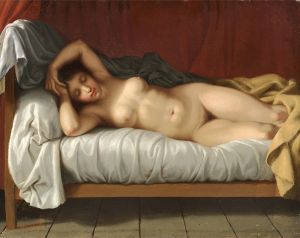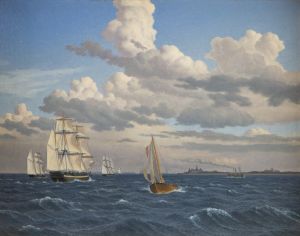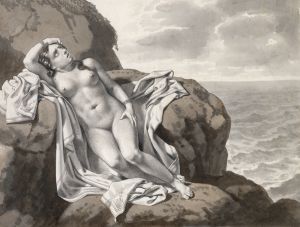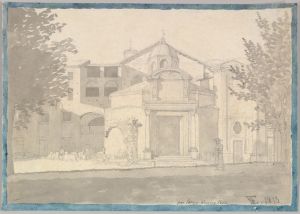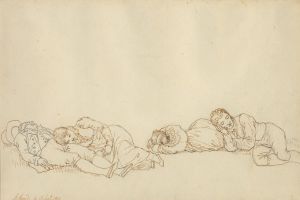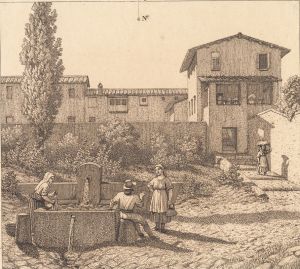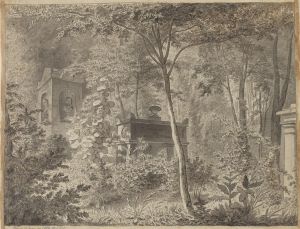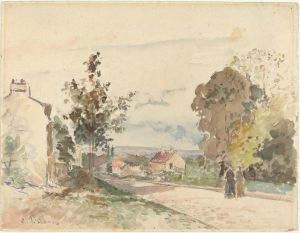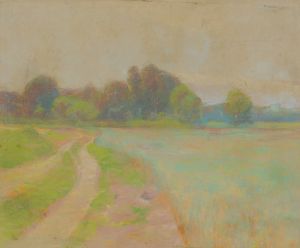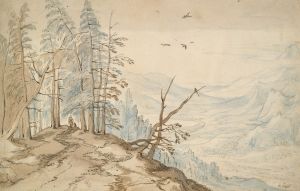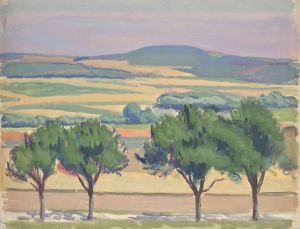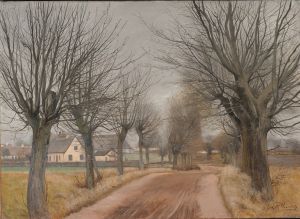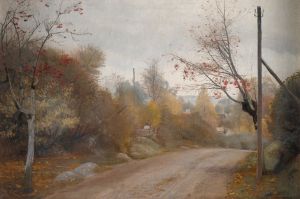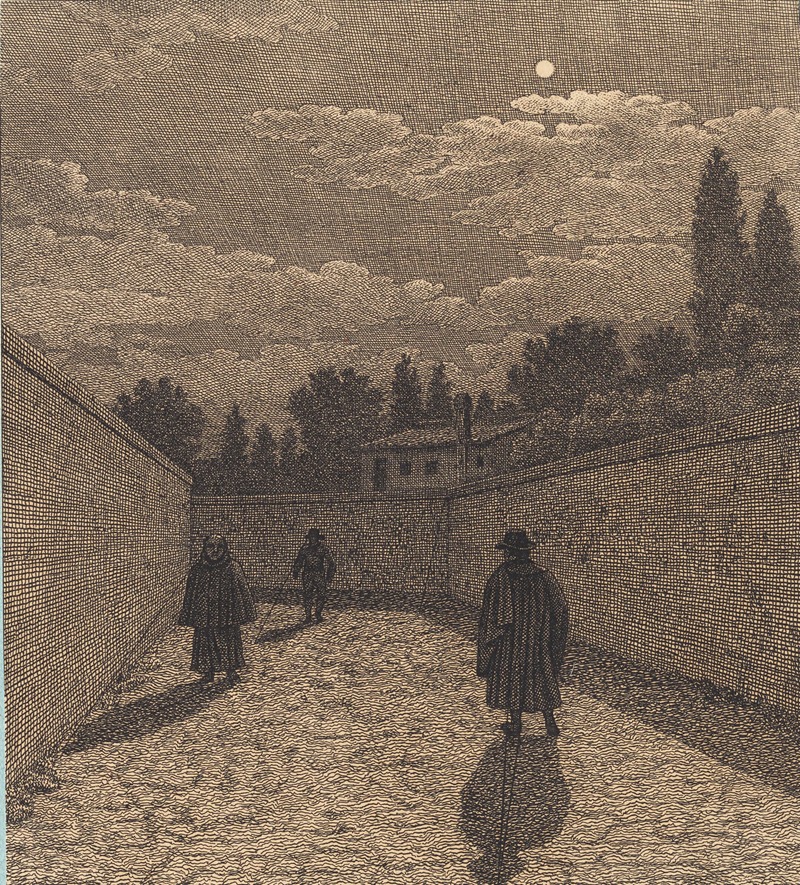
Måneskin over en vej med tre figurer. Illustration til ‘Linearperspectiven’, Tavle IV
A hand-painted replica of Christoffer Wilhelm Eckersberg’s masterpiece Måneskin over en vej med tre figurer. Illustration til ‘Linearperspectiven’, Tavle IV, meticulously crafted by professional artists to capture the true essence of the original. Each piece is created with museum-quality canvas and rare mineral pigments, carefully painted by experienced artists with delicate brushstrokes and rich, layered colors to perfectly recreate the texture of the original artwork. Unlike machine-printed reproductions, this hand-painted version brings the painting to life, infused with the artist’s emotions and skill in every stroke. Whether for personal collection or home decoration, it instantly elevates the artistic atmosphere of any space.
Christoffer Wilhelm Eckersberg was a prominent Danish painter, often referred to as the "father of Danish painting." He played a crucial role in the development of the Danish Golden Age of painting in the first half of the 19th century. Eckersberg was known for his meticulous attention to detail and his ability to capture the essence of his subjects with clarity and precision. His works often depicted historical scenes, landscapes, and portraits, and he was instrumental in introducing the principles of linear perspective to Danish art.
One of Eckersberg's notable contributions to the art world was his work on linear perspective, which he explored in various illustrations and teachings. Among these is the illustration titled "Måneskin over en vej med tre figurer. Illustration til ‘Linearperspectiven’, Tavle IV." This piece is part of a series of illustrations that Eckersberg created to demonstrate the principles of linear perspective, which was a significant aspect of his teachings at the Royal Danish Academy of Fine Arts, where he served as a professor.
The illustration "Måneskin over en vej med tre figurer" translates to "Moonlight over a Road with Three Figures." It is one of the plates from his work on linear perspective, specifically from "Tavle IV," which indicates it is part of a sequence of instructional images. These illustrations were designed to educate students and artists on how to accurately depict three-dimensional space on a two-dimensional surface, a skill that was essential for creating realistic and proportionate artworks.
Eckersberg's approach to teaching perspective was methodical and scientific, reflecting the Enlightenment ideals of his time. He believed that understanding the mathematical principles behind perspective was crucial for artists to create convincing and harmonious compositions. His illustrations, including "Måneskin over en vej med tre figurer," served as practical examples of how to apply these principles in art.
The specific illustration in question likely depicts a scene illuminated by moonlight, with three figures positioned on a road. While the exact details of the illustration are not extensively documented, it can be inferred that Eckersberg used this scene to demonstrate how light and shadow interact with perspective to create depth and atmosphere in a painting. The use of moonlight would have added an additional layer of complexity, as it requires careful consideration of how light sources affect the perception of space and form.
Eckersberg's work on linear perspective had a lasting impact on Danish art and education. His teachings influenced a generation of artists, including many who became prominent figures in the Danish Golden Age. By emphasizing the importance of perspective, Eckersberg helped to elevate the technical standards of Danish painting and contributed to the broader European art movement of the 19th century.
In summary, "Måneskin over en vej med tre figurer. Illustration til ‘Linearperspectiven’, Tavle IV" is an example of Christoffer Wilhelm Eckersberg's dedication to the study and teaching of linear perspective. Through his detailed illustrations and commitment to education, Eckersberg left a significant legacy in the world of art, particularly in Denmark, where his influence is still recognized today.





